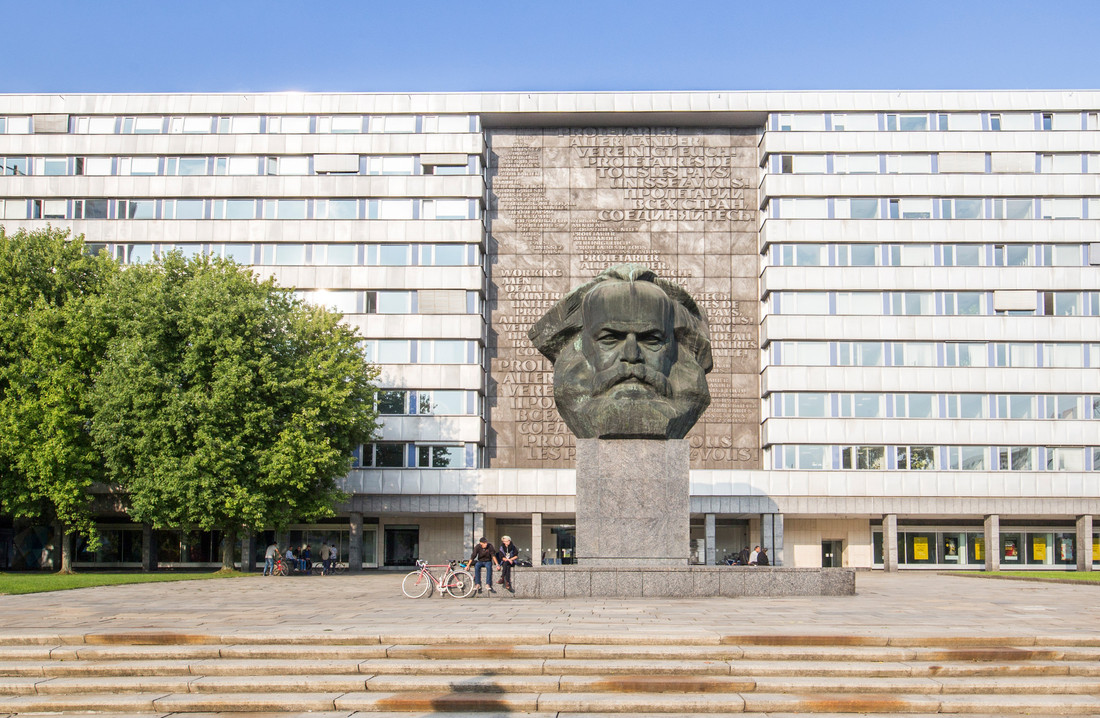In northern Spain, the history of the policy of fossil extractivism has come to an end in the last half-century. However, the culture alive of coal-mining continues to condition those who inhabit territories strongly marked by the logic of industrialization. This contribution aims at exploring the specific case of the coalfields of Asturias, an essential keystone mining area in Spain, to build a spatial account of the mining struggle from the image. Nalón and Caudal mining basins combine urban and rural areas, and they are one of the nuclei that have suffered the most population loss in the last fifty years in the Peninsula.
To this end, this stance will contrast visual narratives of different mediums such as photography, mass media, and cinema to examine the links between mining collectives and the territory, analyzing actions and protests, aesthetic approaches, landscape changes, and memory records stored in these visual devices. A blend of visual, spatial, social, and generational approaches will clarify these places’ different and dynamic cultural train in this transition phase. It creates value not only for the concrete case of Asturias but also benefits the (post-)industrial imaginaries of coal mining in Spain which has traditionally been quite peripheral in the context of Occidental workers’ memory.
.
Fossil imaginaries of the Asturian coal miners’ struggle: half a century of spatial visual culture narratives from the «Güelgona» to the decarbonization es una comunicación presentada en la Chemnitz University of Technology en el marco del International Conference «Making the City: Transformative Processes in (Post)Industrial Urban Space», celebrado entre el 29 de junio y 1 de julio de 2023 en la ciudad de Chemnitz (Alemania).
Making the City: Transformative Processes in (Post)Industrial Urban Spaces
